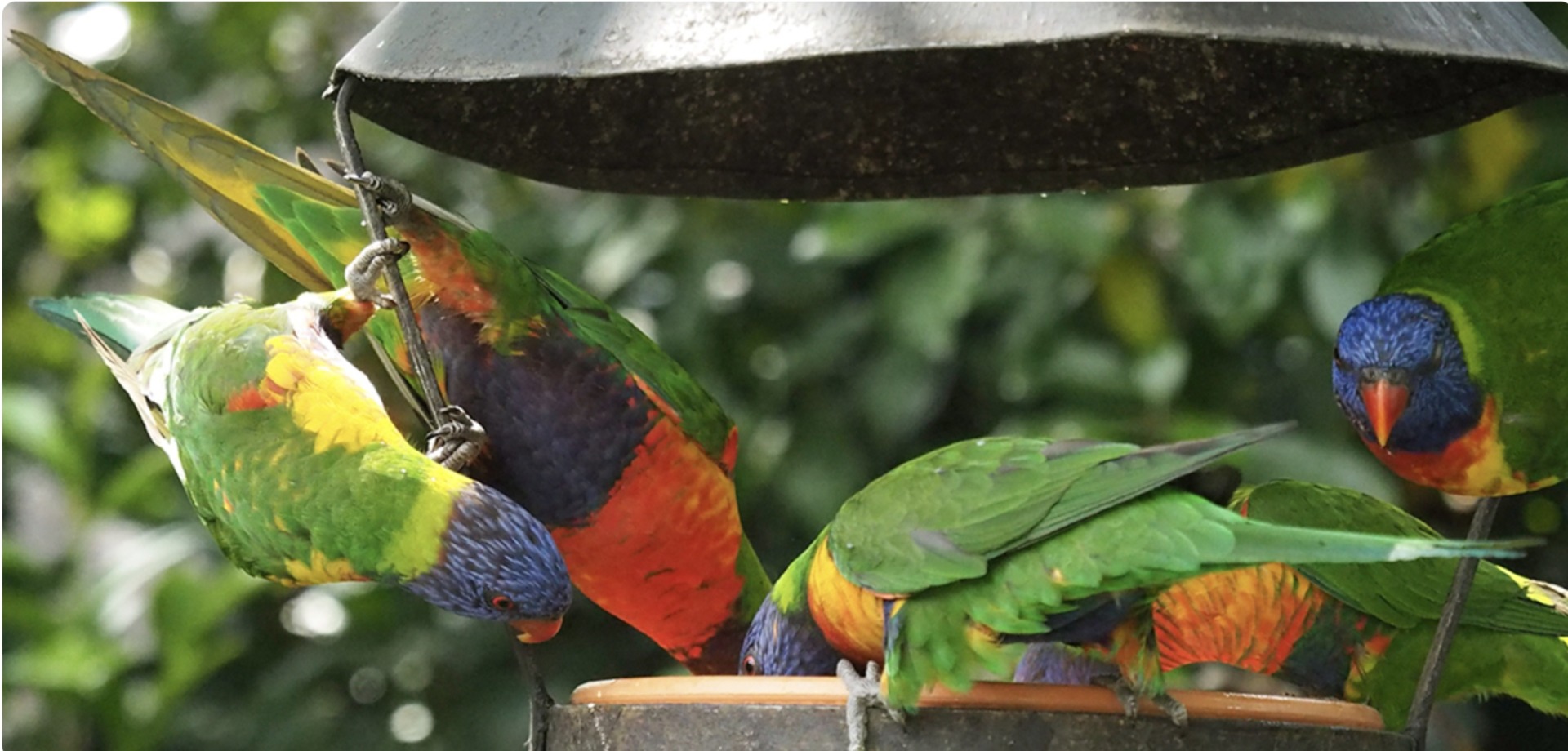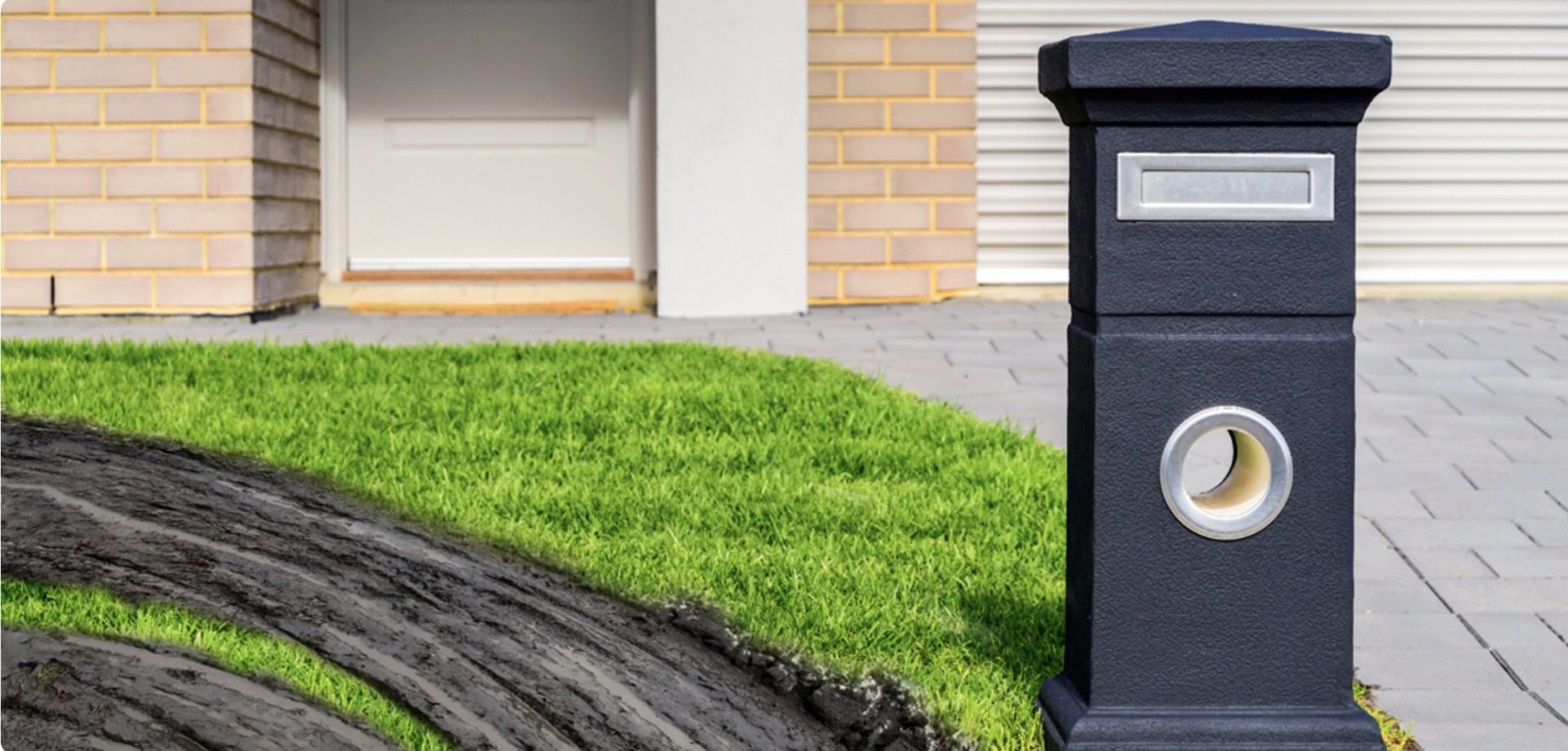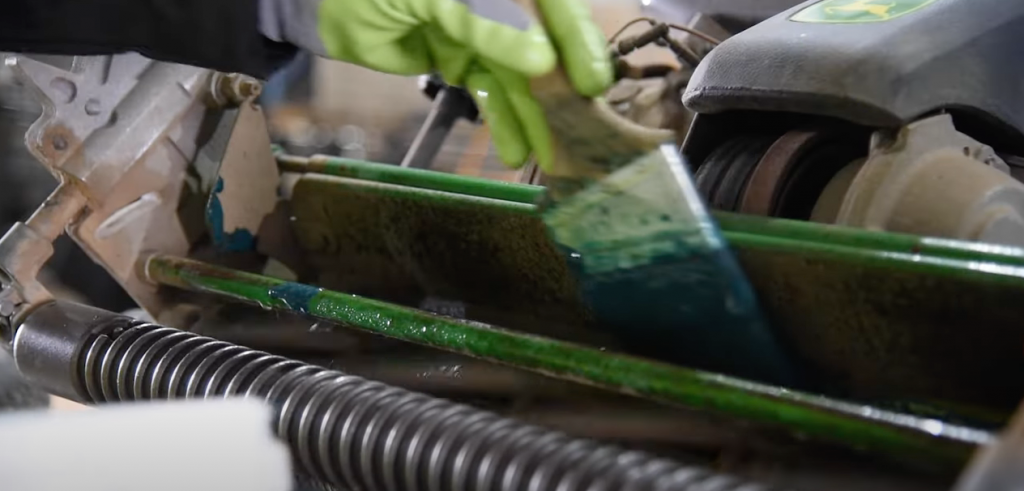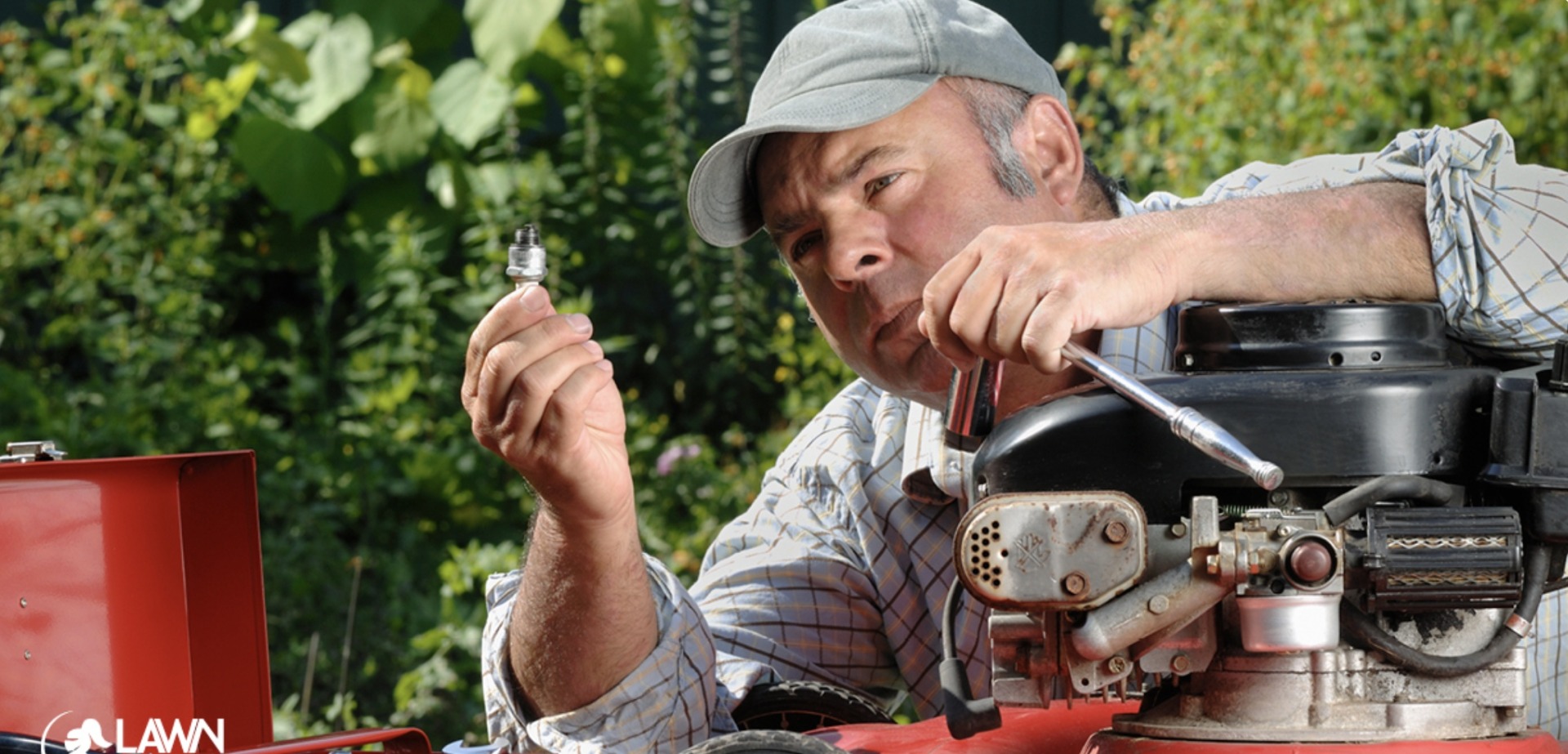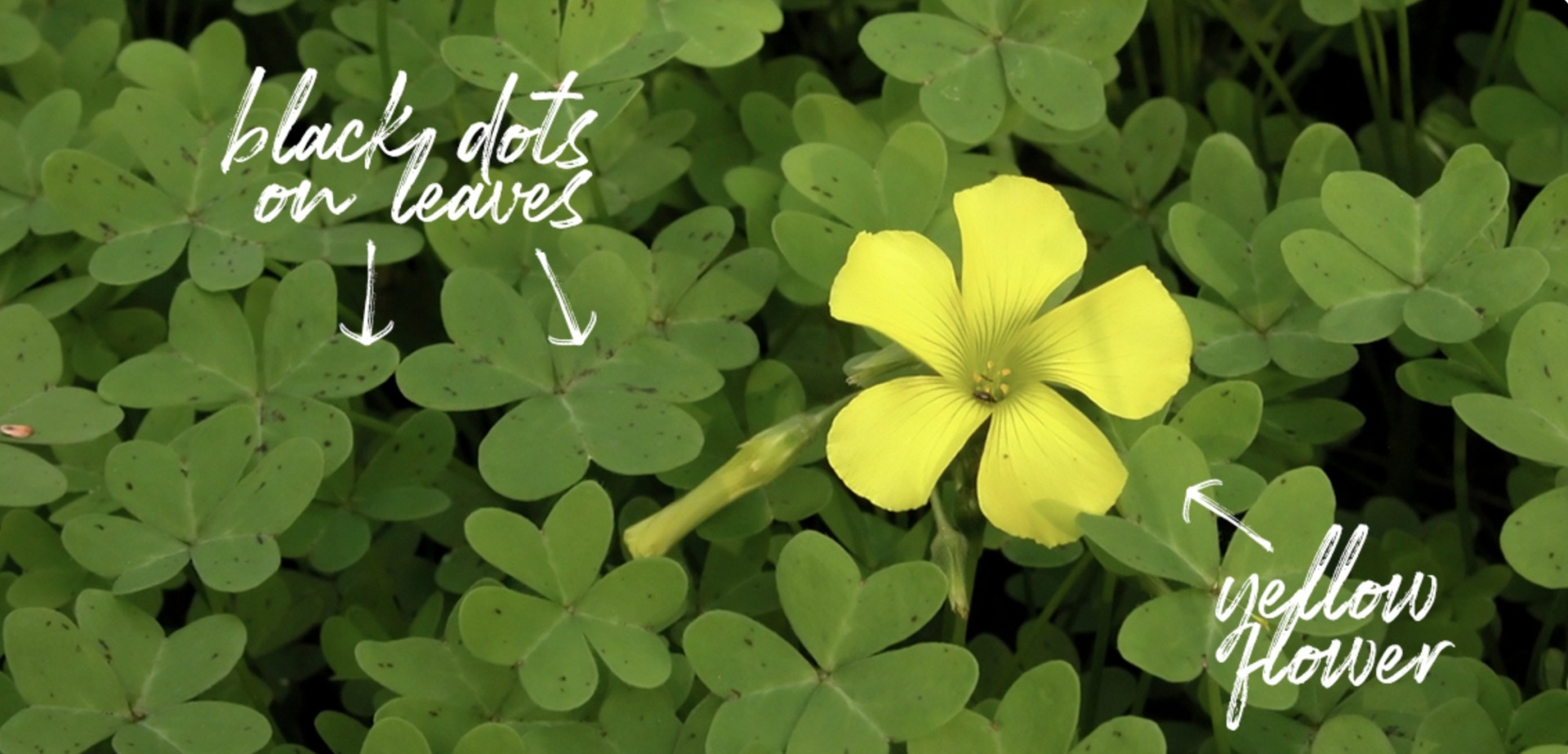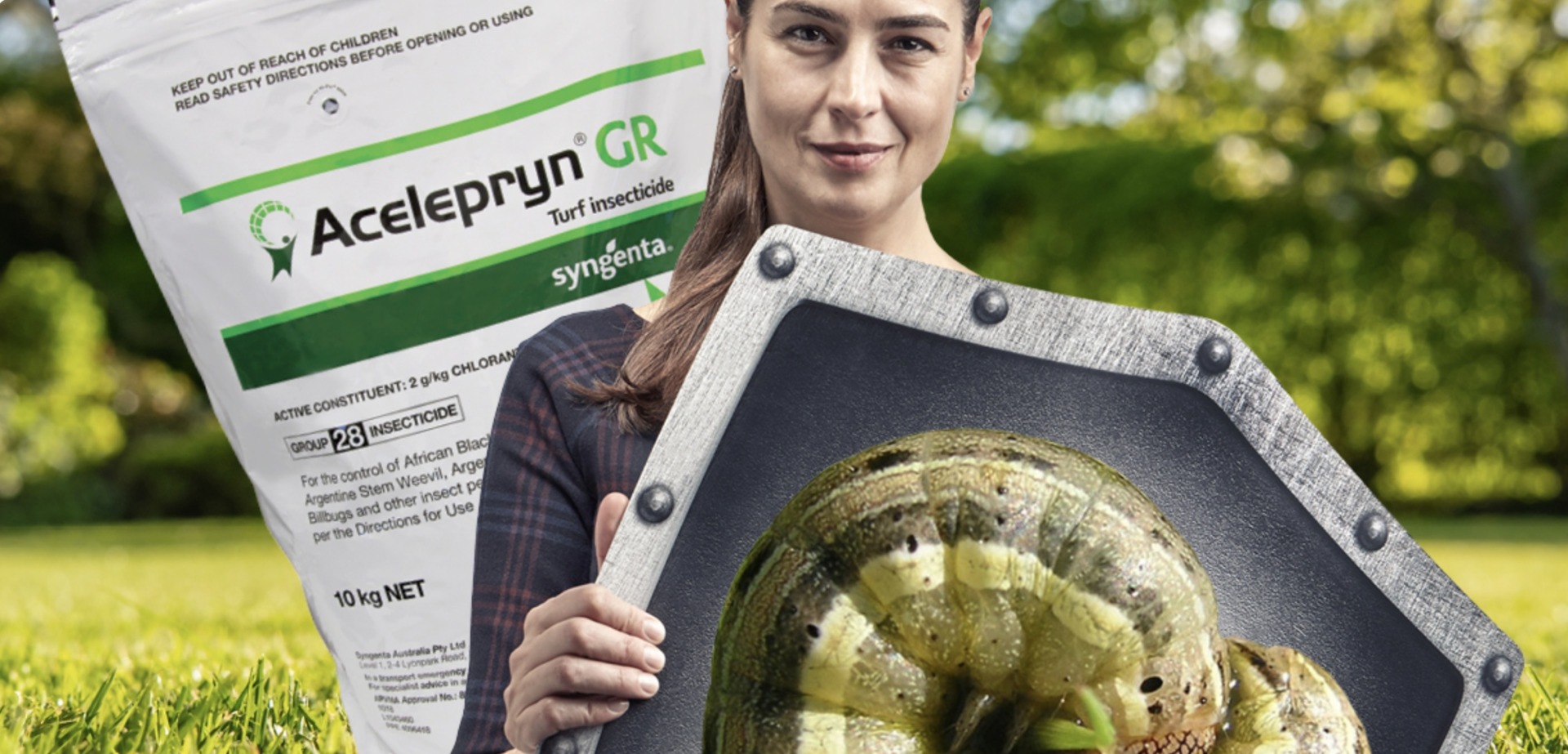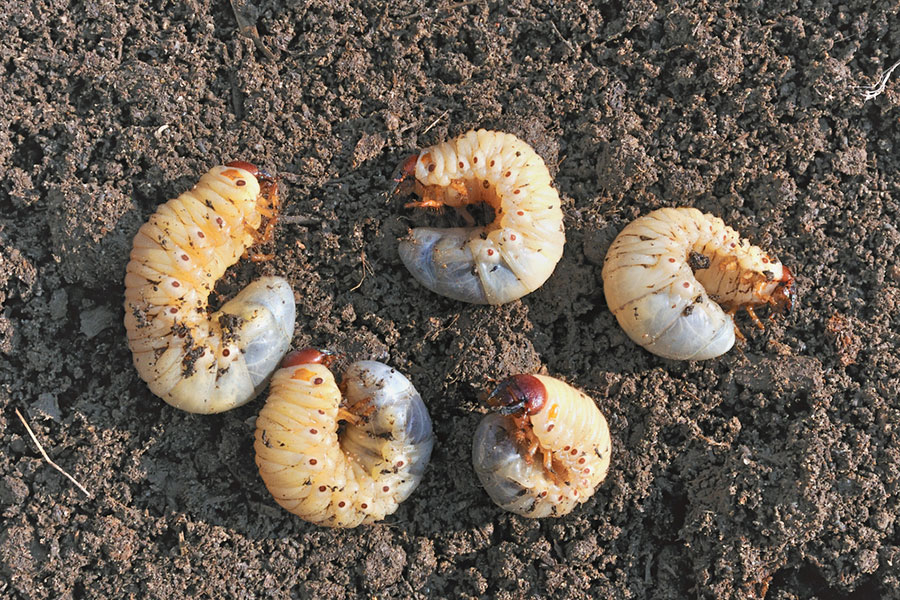Native birds are an important part of many ecosystems, pollinating plants, seed dispersal, and insect and rodent control. By attracting more native birds to your lawn, you will help keep your local ecosystem balanced. But how can you attract these native birds to your garden?
Birds native to each region
In different regions you can expect to see different types of native birds.
In Sydney, some native birds you can see outside the city include Nankeen kestrel, Superb fairy-wren, Rainbow lorikeet, Red wattlebird and more.
Native birds you can encounter in Melbourne include White-plumed honeyeater, Bell miner, Eastern rosella, and more.
For more information on what nativebirds you can find in your backyard, check out the Australian Museum page here.

Plant native plants around your lawn
Using a variety of native plants in your garden will help create a comfortable environment to attract native birds to your area. When planting to attract birds, we recommend using a variety of low lying and medium size shrubs and high trees. By using a variety of plants, you will provide more options for all bird sizes on your area.
Low growing plants will help attract many smaller native birds like Wrens and Finches and members of the Honeyeater family.
Medium shrubs provide a safe place for many smaller birds as they can provide a place to hide from danger.
If space allows high trees provide a high vantage point for birds allowing them to feel safe as they can see their surroundings and food sources.
Different native plant options include Grevilleas, Bottlebrush, Banksias and Gum Trees.
Some native plants are better suited to different regions of Australia, so it is best to chat with your local nursery to see which plants are suited to your region.
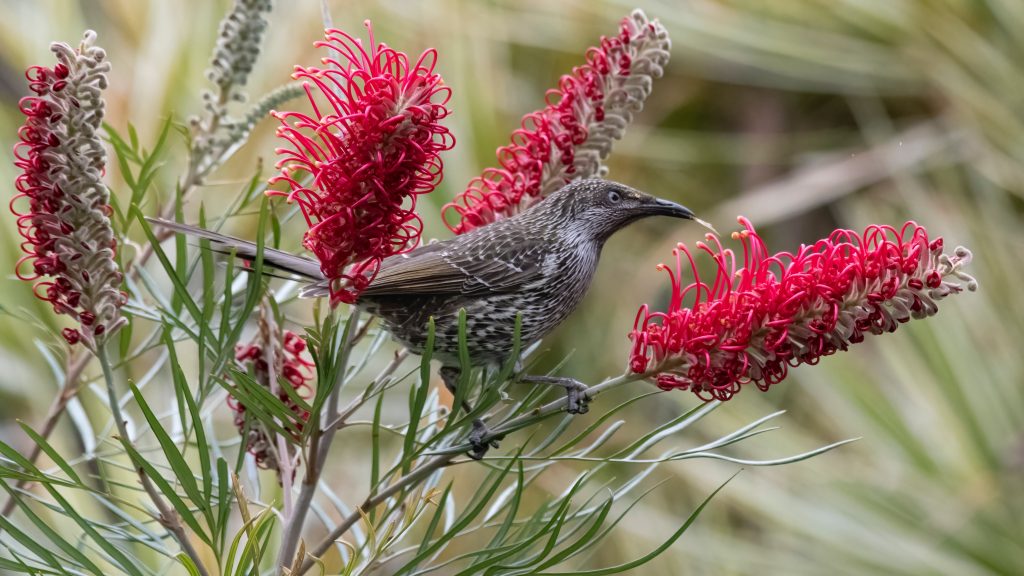
Bird baths and water features
Birds are attracted to areas with water. Bird baths as the name suggests provide a place to bathe and drink and socialise. Bird baths are best placed near surrounding trees and shrubs and placed off the ground. This will help them feel safer with their surroundings. It is also best to add a few rocks or sticks in the middle of the bird bath to help make it easier for smaller birds to use. Keep your bird bath clean with fresh water will help make it a more attractive place for birds to stop
Did you know that birds are also attracted to running water? The sound of moving water can attract birds to stop and drink, rest and bathe. If your budget allows, it can be a great feature for us to enjoy and the birds too!
Nesting boxes and nesting material
If you have large trees in your garden, you might want to try adding nesting boxes! These will provide a space for birds and other animals to live, rest and take refuge. You can buy nesting boxes from a local garden or hardware store or even build your own!
We also recommend leaving out nesting material like sticks, grass clippings and fallen leaves for birds to use.

As always, if you have any more questions please don’t hesitate to contact us for free expert advice on 1800ALLTURF (1800255873) or 07 5543 8304.
